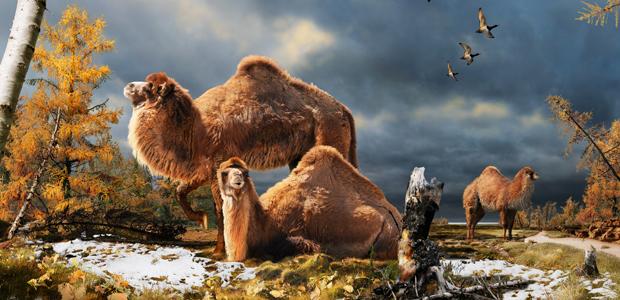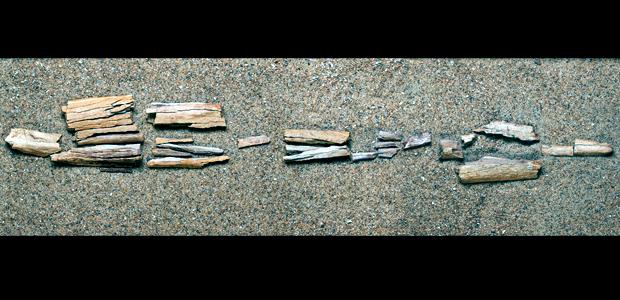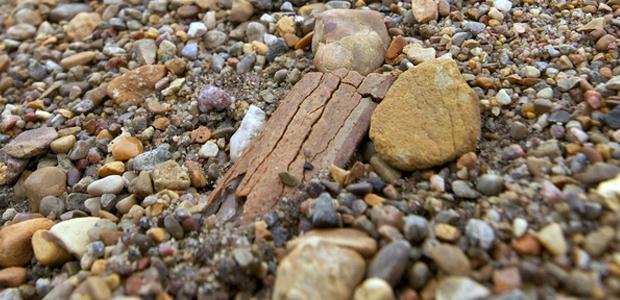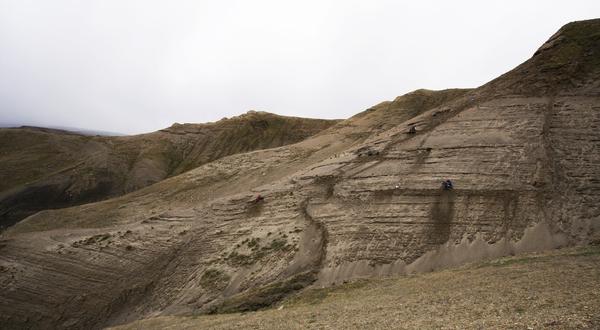The collagen fingerprint preserved in a leg bone from Canada’s High Arctic has been connected to a giant camel that lived there roughly three-and-a-half million years ago.
A highly fragmented leg bone from Canada’s High Arctic has been connected to a giant camel that lived there roughly three-and-a-half million years ago.
If a High Arctic Camel isn’t cool enough – living more than 1,200 kilometres further north than its Ice-Age relative from the Yukon – the team of researchers from Canada and the United Kingdom also found it occupied an environment that was as much as 22 C warmer than it is today.
“Even after the Bering land bridge disappeared, we had camels living at high altitudes for millions and millions of years,” Natalia Rybczynski, study co-author and vertebrate paleontologist at the Canadian Museum of Nature, told SciFare.com.
This camel specimen essentially represents the branch that turned right at the land bridge and entered the High Arctic – while the rest turned left, crossed into Asia and went on to dominate the desert.
“At that time you had this Arctic continuity,” Rybczynski said.
Fortunately, they entered a boreal-like forest that was nothing like the barren landscape we know there today – the world in general was between two and three degrees warmer during the Pliocene warm period than we know it to be.
The boreal-like forest would have provided a solid food source for the camels too
It’s just one of many creatures that researchers have found – the tibia was found at a site on Ellesmere Island called Fyles Leaf Bed – to be more closely related to their cousins in Asia, than those deposited in the fossil record, further south.
“The North American population would have been split from the old world population with the formation of the Bering Strait,” Rybczynski said.
Thanks to some cool laser technology, the researchers were able to scan and assemble the fragments into a functional 3D picture. This allowed them to compare the reconstructed tibia to other, better preserved fossils from around the world and match it to the group of camels known as Paracamelus.
The laser also makes really accurate measurements of each fragment and that helped them determine that to its shoulder, the camel stood nearly three metres high – roughly 30 per cent larger than the camels we know today.
“If you saw the animal in a zoo, you’d recognize it as a camel,” Rybczynski said.
The idea that camels migrated out of North America isn’t new – they started walking into the fossil record there roughly 45 million years ago and by seven million years ago, camels had spread all the way to Spain.
Having such a similar fossil on both sides of the land bridge, along with new dates that assign minimum ages to the layers of earth where it was found, the researchers say the environments of North America may forged the iconic desert creature’s genetic blueprints.
Their large eyes may have made it easier to see during the dark, winter months, the hump of fat may have filled the gap until spring and researchers said the camels’ feet may have helped them march through the snow.
It was a new technique that analyzes the species-level barcode in collagen that allowed researchers to assign its defining characteristic to the portrait though.
Preserved in the bone for a whopping three-and-a-half million years, was collagen that confirmed it was Paracamelus and that it had a single-hump.
“It’s consistent with the collagen evidence that showed the animal was more closely related to dromedary camel,” Rybczynski said.
The University of Manchester’s Mike Buckley was part of the team that developed the collagen fingerprinting technique – he was also part of this study. He told SciFare.com the deep freeze-like conditions that followed the camel into the fossil record helped preserve an already resilient component of bone.
“It’s tightly packed into these fibrils that essentially constrain the ability for it to degrade,” Buckley who’s currently a research fellow at the Manchester Institute of Biotechnology, told SciFare.com. “The bone mineral really locks in these tightly packed collagen fibrils.”
The notion that collagen could even carry such a signature is new.
The most abundant protein out there, Type I collagen acts practically the same in all vertebrates that have the recipe written in their DNA, so, researchers thought it had little variation.
When the first images of the protein were snapped, they revealed it was three individual collagen chains woven into a fibril – like nylon rope is – so, researchers assumed all three chains were the same.
It was Buckley’s research that found otherwise.
“This only really applies to the two alpha-one chains,” Buckley said. “There’s actually a third, genetically distinct alpha-two chain.”
“Whatever the functional constraints are, the alpha-two chain seems to be less constrained,” he added.
So, they compared the alpha-two chain signature found in the tibia, to the collagen signatures present in single and double-humped camels – along with more than 30 other creatures related to camels, like llamas – in order to place the giant camel in its family tree.
“From that we can get species-specific fingerprints similar to DNA fingerprinting,” Buckley said.
The research was published in the journal, Nature Communications.
 Science Fare Media Science News – Upgraded
Science Fare Media Science News – Upgraded





